Art World
‘I Don’t Think I Ever ‘Left’ China’: Why a Diverse Cohort of Chinese-Speaking Artists Is Finding Refuge in Berlin
A diverse generation of Chinese-speaking artists are adding new perspectives to the city’s cultural landscape.
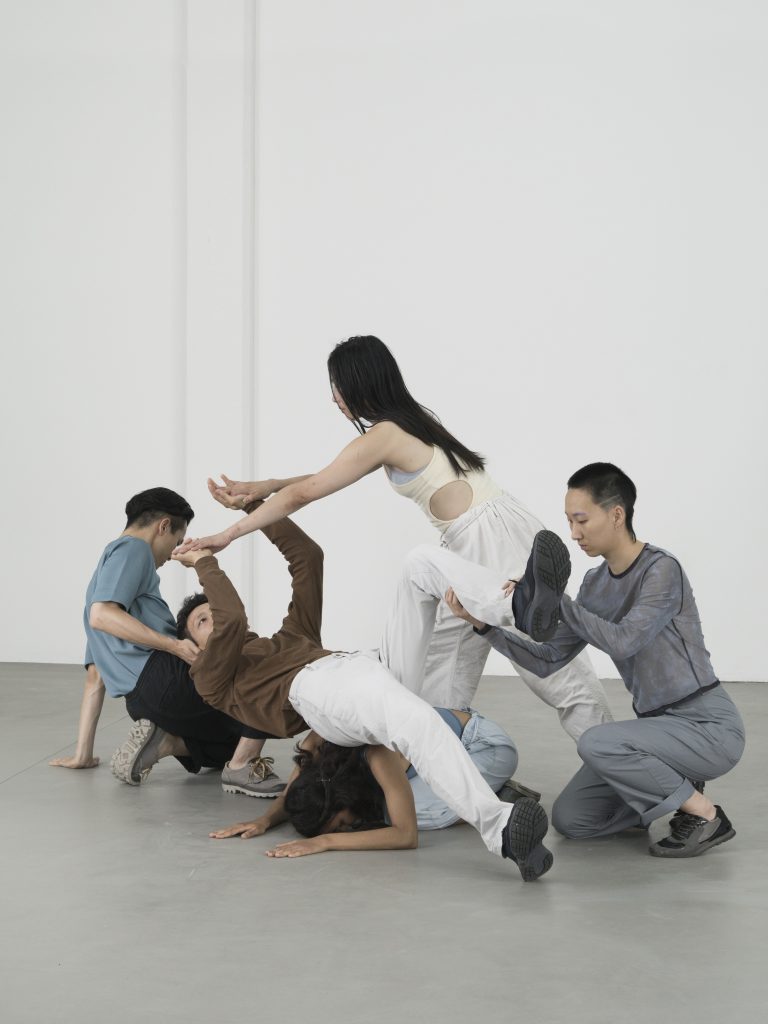
A diverse generation of Chinese-speaking artists are adding new perspectives to the city’s cultural landscape.

Hili Perlson

The city of Berlin is perceived as a place of refuge for voices who have fallen afoul of China’s government, a narrative crystalized by Germany’s diplomatic efforts to grant Ai Weiwei permission to leave China in 2015. This image was bolstered in 2018 when, after eight years in house arrest, artist and poet Liu Xi, widow of Nobel Peace Prize laureate Liu Xiaobo, who died in custody, was released and promptly moved to Berlin, where she was met with open arms. And in 2019, Germany was the first nation to grant asylum politically to Hong Kong activists.
But that’s not everyone’s story. A growing community of Sinophone (Chinese-speaking) artists have arrived in Berlin for a variety of reasons, and are working with varying degrees of politically charged work. Established names such as He Xiangyu, media artist and activist aaajiao, and painters Yuan Yuan and Jai Dachun have set up studios in the German capital, in the past few years—before the outbreak of Covid-19—each splitting their time between Berlin and Beijing or Shanghai.
In 2018, the Guangdong Times Museum in South East China opened the Times Art Center Berlin, an institution dedicated to showing works by under-represented Asian artists within a wider global context. Gallerist Hua Xiaochan and her husband Klaus Dierkes founded Hua International that same year, with locations in Berlin and Beijing. The gallery’s forthcoming show “Atlas of Affinities” in early 2022 will be dedicated to Asian diaspora artists, many of whom are based in the German capital.
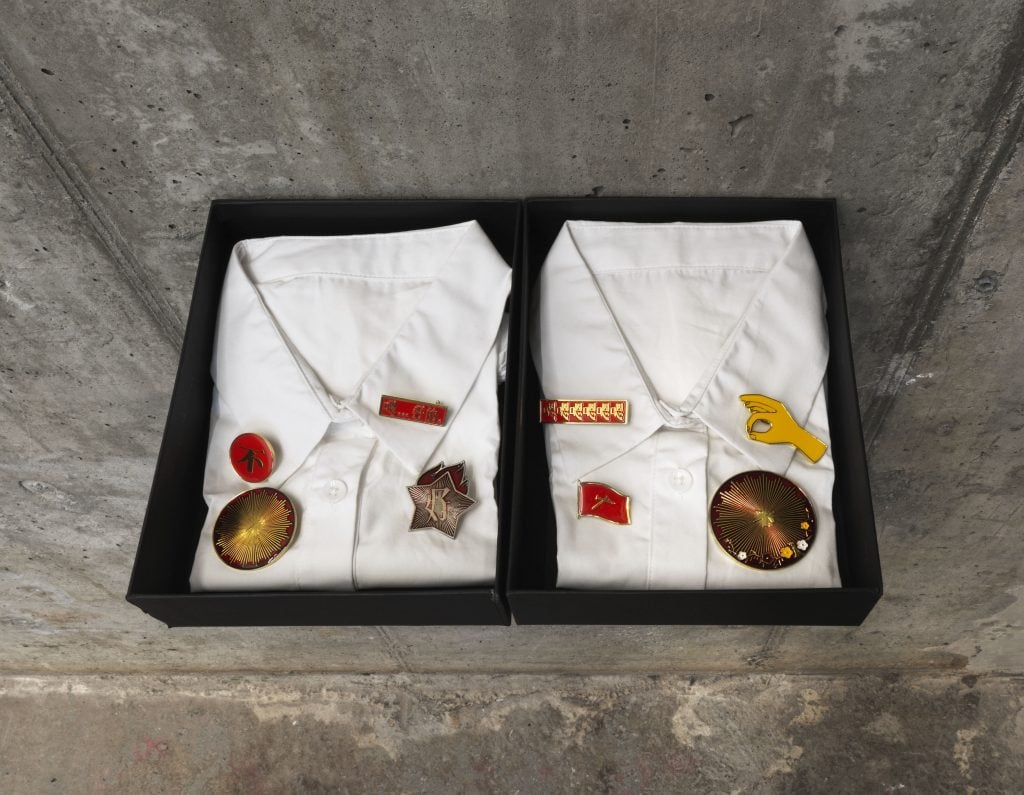
Qin Jin Mm Mm Mm Mm Mm (2017). Courtesy of the artist Installation view at Times Art Center, 2021. Foto: Jens Ziehe, Berlin.
One thing is certain: the presence of a growing and versatile community has noticeably added new artistic perspectives to the city’s cultural landscape, and to the narrative of dissident Chinese voices seeking refuge in Germany. (Ai, on the other hand, has left Berlin for England and then Portugal, in 2020; he still runs a studio in Berlin’s Prenzlauer Berg district.)
“I’ve been living in Berlin for 11 years, and I feel like the community has grown in particular over the last few years,” said Xi Bei, artistic director of Times Art Center Berlin. “Berlin still counts as one of the most attractive destinations for independent artistic production, not just for Chinese artists, and it’s still a very affordable and vibrant city.” Xi pointed out that local curators have started to take note. “Important Berlin institutions have started to draw attention and contribute to a broader platform of exchange for and with Asian artists.” These include the prestigious residency and exhibition space DAAD, the IFA galleries, as well as the state-run Gropius Bau and Hamburger Bahnhof.
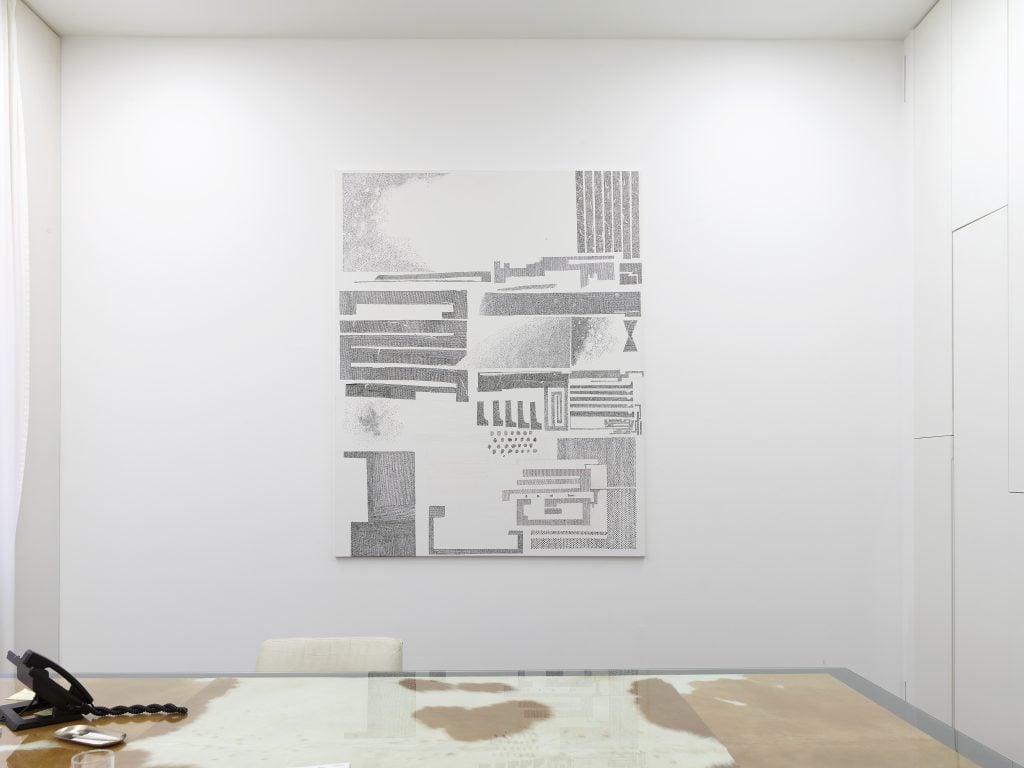
Ji Dachun at Nagel Draxler, Berlin. Rain in rain, cloud in cloud, at no one’s fingertips. Exhibition view, 2020. Galerie Nagel Draxler, Berlin. Photo: Simon Vogel
On a crisp November evening, a small group of curators, artists, and friends gathered on the top floor of the Federal Foreign Office in Berlin, overlooking Alexanderplatz, to watch a performance by artist Isaac Chong Wai. The evening was part of the Foreign Office’s “AArtist in Residence” program in which Berlin-based artists are invited to use the Foreign Office’s top floor space as a studio for three months. It’s representative of the status given to art and culture in Germany as a tool of both soft power and diplomacy.
Chong showed a new performance titled Falling Reversely (2021), with a cast of Berlin-based Asian dancers. The work includes intense moments of collective physical endurance with dancers falling repeatedly to the hard concrete floor. It deals with the increase in violence and racism against the Asian community since the outbreak of the Covid-19 pandemic. A photograph on the residency studio’s wall, taken in 2015—the year Chong moved to Berlin—shows the artist’s face after he had been attacked by a stranger on the street with a glass bottle.
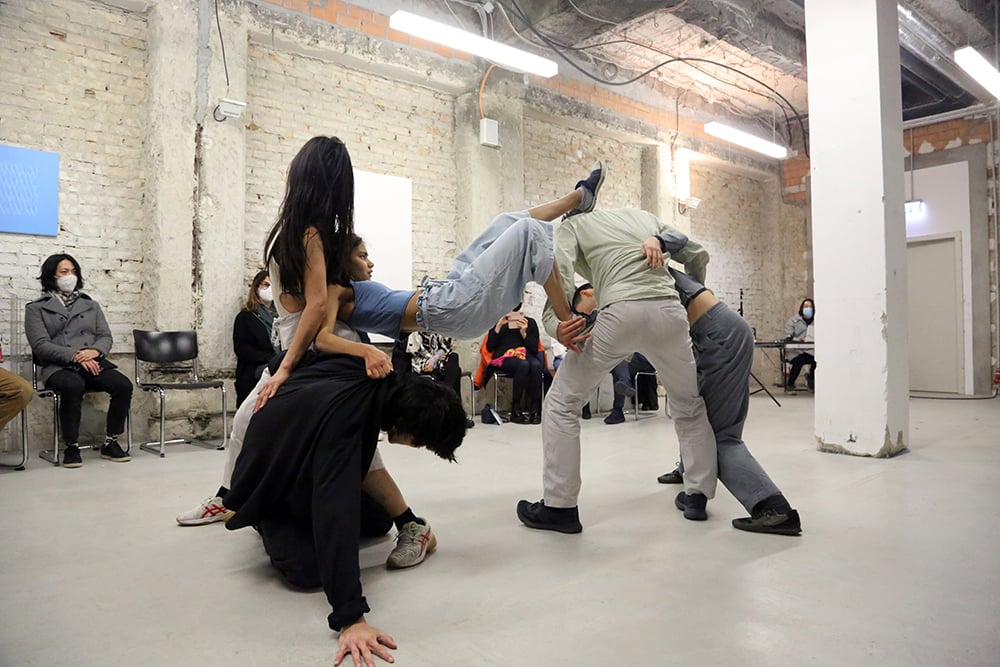
Isaac Chong Wai, Falling Reversely (2021). Performance at the Federal Foreign Office
Performed by: Isaac Chong Wai, Ichi Go, Ryota Maeda, Vasundhara Srivastava and Dan Su. Photo: Holger Biermann. Courtesy of the artist, Federal Foreign Office, Berliner Galerien and Zilberman.
Born in Guangdong, China, and raised in Hong Kong, Chong is one of many Sinophone artists, gallerists, and curators who have relocated to the German capital in recent years. He noted that the experience of violence has left a big mark on his work, which was already dealing with the visible traces of historical trauma in Germany. As part of his Federal Foreign Office residency, a video of Falling Reversely was projected on the building’s façade, in the heart of Berlin, as part of the city’s 2021 Festival of Lights. The artist’s personal processing of the attack came full circle, and was brought back into the public sphere.
“I don’t think I ever ‘left’ China,” said He Xiangyu, who lived in the U.S. before deciding on Berlin. “I still retain a deep-rooted, intimate connection to it; I still work, exhibit, meet with my family, friends, and work partners in China. In a globalized world, I think ‘settling‘ and ‘leaving‘ are both just relative concepts.” He and his wife chose Berlin, he added, not only because of its atmosphere of creativity and freedom, but also because “the smell of Berlin in the evening in autumn always reminds me of my hometown.”
For Chong, who left Hong Kong in 2012 and studied in Weimar before moving to Berlin, the city—with its abundant and versatile queer community—provides a safer space, as well as a source of inspiration. “I am drawn to the struggles between melancholy, remembrance, repentance, and celebration in Berlin,” he said. “It is a city that attracts artists and cultural practitioners, maybe because of its honesty—it doesn’t need glamorous filters to hide anything.” Berlin was also the chosen home of influential poet and photographer Ren Hang, who died by suicide in 2017 after a long battle with depression.
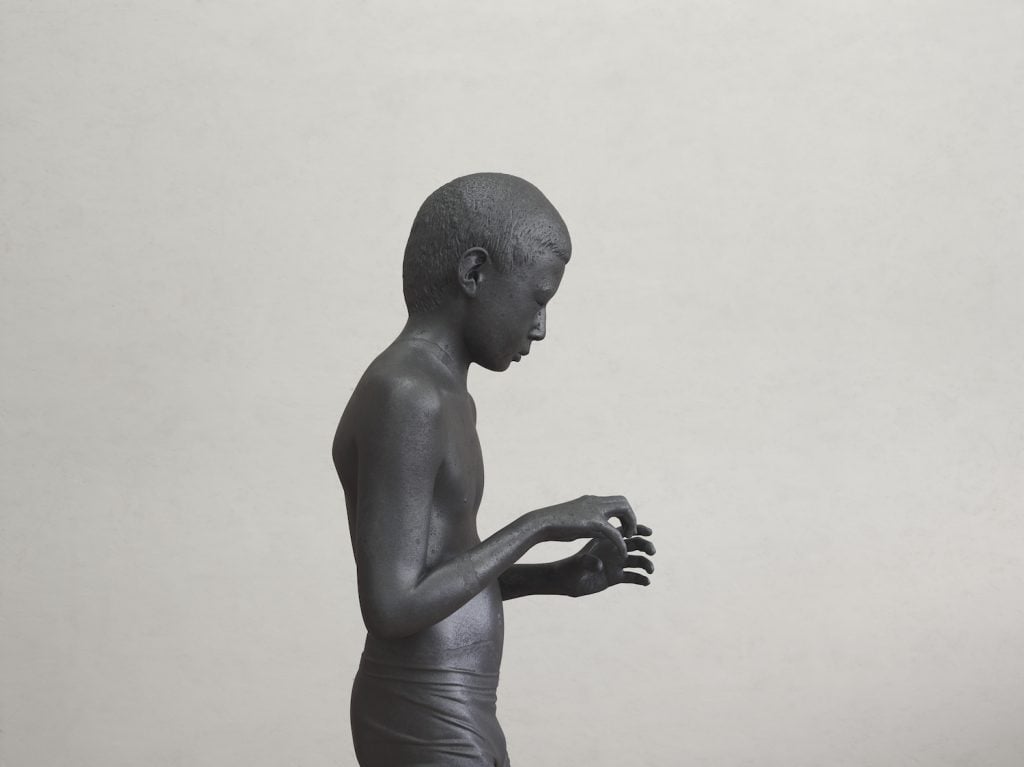
Asian Boy (2019–20). Photography: Laci. © He Xiangyu.
Artist and writer Zhu Xiaowen (who’s also assistant director at Times Art Center), studied in the U.S. and lived in the U.K. before relocating to Berlin due to Brexit. In comparison, she observed, the community in Berlin is smaller and more atomized, but this characterizes perhaps a type of artist who might be attracted to the city.
“Despite Berlin’s world-famous club culture, it’s also a place for introspection and reflection,” she told Artnet News. “Many creative people are drawn to the opportunity to be alone in a big city.” This introspective turn allowed Zhu to focus on publishing Oriental Silk, a bilingual book she described as an “exploration of what Chinese silk means to one immigrant family’s emotional past.” The Shanghai- and Berlin-based artist Xu Wenkai, best known by his internet handle aaajiao, also reiterated this notion of isolation: “It seems that a lot of people just hide in Berlin, because Berlin has always been an enclave,” he told Artnet News.
The artist set up a studio in the German capital in 2017. An online activist who used to post coded criticism on human rights violations in China, aaajiao experienced complete erasure on the internet in 2020, at least behind China’s firewall. His Weibo account (China’s version of Twitter) was deleted, and any traces of his years of activity there were scrubbed—a tactic the world has now come to follow in real time as tennis star Peng Shuai’s allegations of sexual assault were expunged from the internet within 20 minutes of posting.
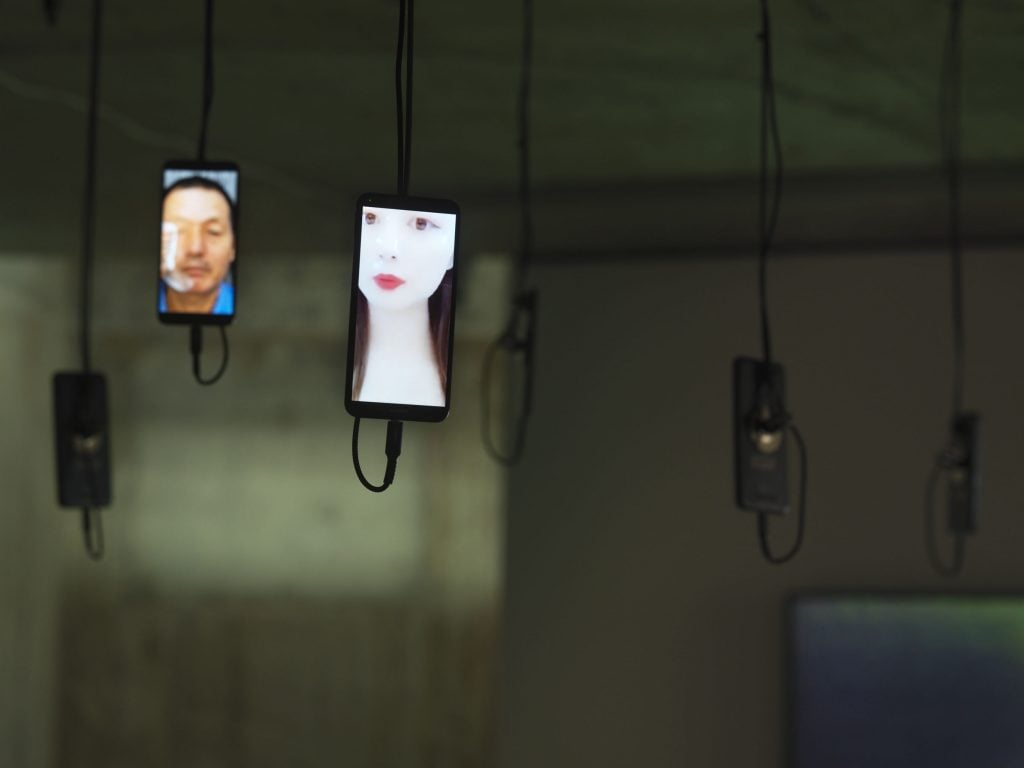
Yang Xinjia 杨欣嘉 30 Years Younger (年轻 30 年 (2021). Courtesy of the artist Angst, keine Angst, installation view at Times Art Center, 2021. Foto: Jens Ziehe, Berlin.
The artist, who had a solo exhibition at Turin’s Castello di Rivoli museum in 2019, sees no separation between the virtual realm and real life—especially in China, where nearly all transactions are done through apps, and biometric facial recognition is omnipresent. He perceived this erasure as a sort of death and in 2021 created—remotely, from Berlin—an exhibition in Shanghai titled “I was dead on the internet.” A version of the exhibition will be shown at Wannsee Contemporary in the spring of 2022, a new Berlin gallery founded by curator Avi Feldman.
Feldman met aaajiao in Shanghai, in 2019, as part of a residency with the Ming Contemporary Art Museum. Trained as a lawyer, Feldman was researching the relationships between art and law in China at the time. He argued that while Amnesty International has a clear definition of what constitutes enforced disappearance, one should also think about the ramifications of enforced virtual disappearance, as practiced by the Communist Party in China—especially considering that, in the near future, our virtual personas will interact seamlessly across platforms in the metaverse.
“As is always the case with new technologies, the legal system is slow to respond with regulatory measures,” he told Artnet News.
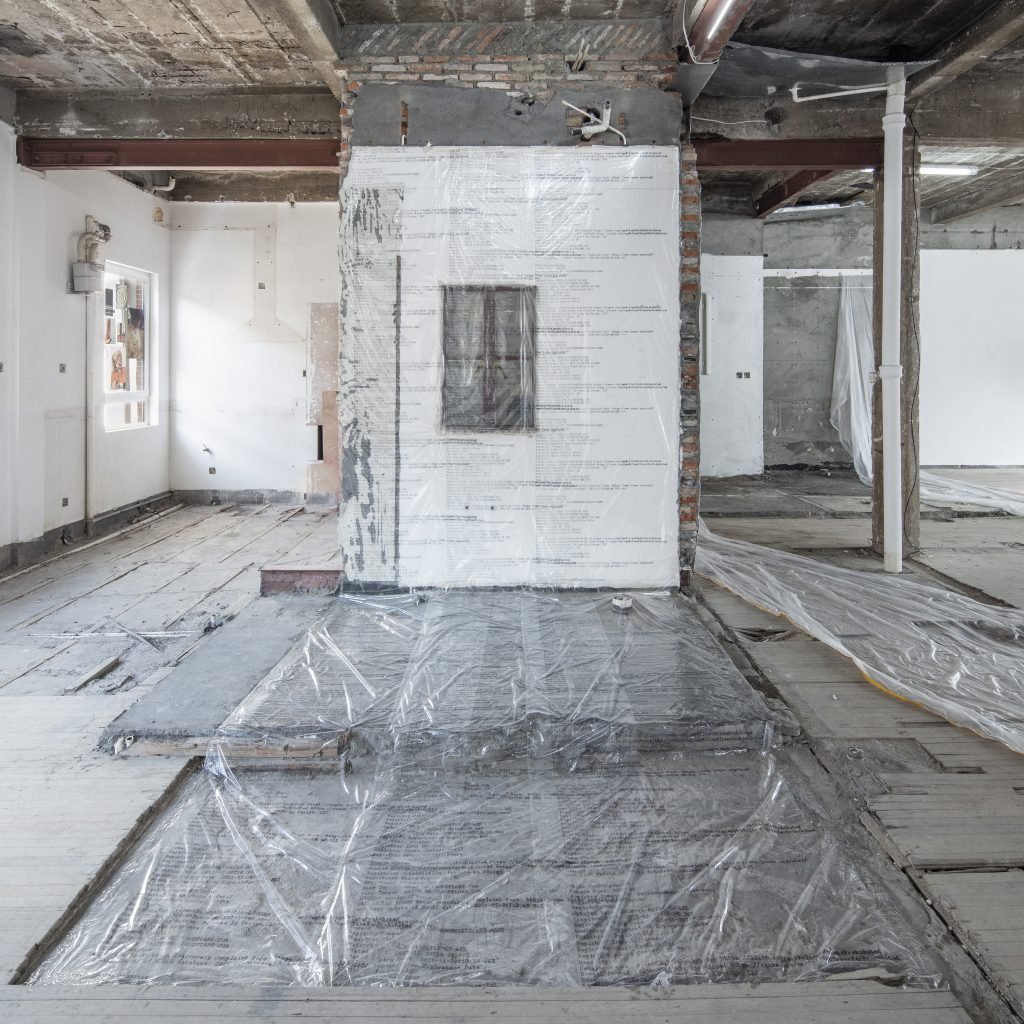
aaajiao, ddrk.me Installation
(2021). Courtesy the artist.
The Covid-19 pandemic has brought with it a spike in racial abuse toward Asians in Western countries, and Germany is no exception. The isolation of lockdowns and the violence was compounded for many Chinese expats who also had difficulty traveling to China. Cut off from his online followers and internet community, aaajiao delved into a deeper questioning of his practice and identity. “I think as an artist from China, my dilemma is more complicated than I thought,” he said. “I do not identify with a Chinese national identity, and never aspire to become German. I am fluent in Mandarin, maybe that’s all at this stage.” Being in Berlin, he told Artnet News, allows him to “eliminate the discomfort that comes with such a lack of identity.”
That idea of linguistic identity and being connected through it above all else sits well with Isaac Chong Wai: “We live here with different reasons and backgrounds, but we share similar languages, cultures, and histories,” he said. “We encounter difficulties such as bias, public hatred, and misunderstandings, while we understand and share those experiences in solidarity.”
Shedding a definition of identity based on nationality makes sense for diasporic voices; it is a question that anyone who chose to emigrate can relate to. It resonates even more if a community is identified by appearance. He Xiangyu, together with fellow art workers from China and other nations in the region, is now in the process of setting up a new endeavor: the Asian Art Association.
“Every individual living overseas has their own specific circumstances and difficulties,” he said. “Our goal is to do our best to overcome and transcend these individual dilemmas, and to secure a more open and equal platform for the community.” And so, from this shared experience and the reciprocal influence between Berlin and the artistic perspectives it attracts, new things are born.